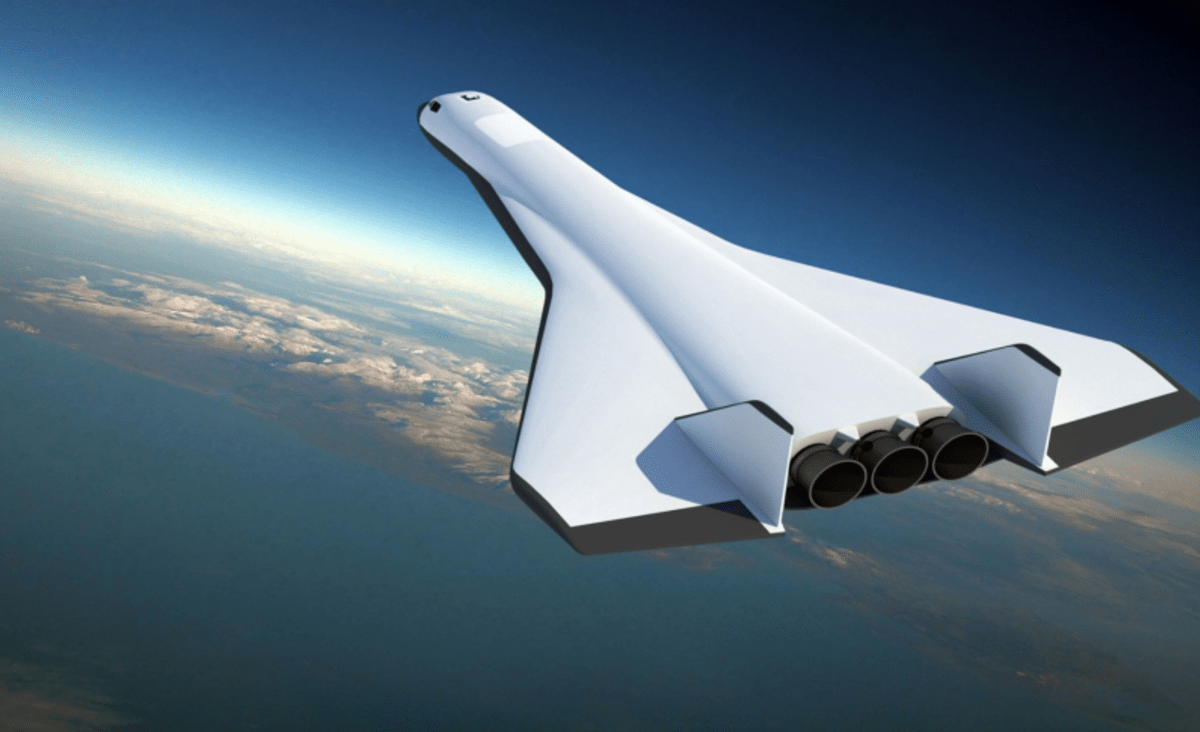
interestingengineering.com
Radian Just Revealed Its Breakthrough Plans of Horizontal Spaceflight
Radian's new horizontal-take-off spacecraft can be refueled and readied for its next mission in 48 hours and practically from any airport.
Science & Tech
Washington-based Radian was founded in 2016 and had been working in stealth mode with its 18 employees, until now. In a recent press release, the company has announced its ambitious goals of making the world's first single-stage to orbit vehicle that will not only be reusable but also use existing infrastructure for its take-off and landing.
Launching a spacecraft to space has always required a vertical take-off. The only exception to this rule has been Virgin Galactic and Virgin Orbit's launches that take off horizontally but use another stage to reach orbit. Radian Aerospace, however, is confident that a single-stage spaceplane is actually possible and will not only make it easy to operate but also cost-friendly.
The idea of a single-stage spaceplane is not entirely new or isn't something that has been attempted before. As Ars Technica reports, the National Aeronautics and Space Administration (NASA) had teamed up with Boeing on a single-stage reusable launch vehicle called VentureStar or X-33. However, the program had to be shut down at the turn of the millennium as the composite material technology used for the vehicle wasn't mature back then.
Then-CTO of the program at Boeing, Livingston Holder, brought the concept back on the table. He co-founded Radian and the company has completed the testing of its first full-scale engine, Ars Technica reported. The team is currently designing its first spaceplane, Radian One, that will be capable of flying up to five people and 5,000 lbs (2,267 kg) of cargo into space.
Powered by three liquid-fuel engines, Radian One will take off from a regular runway, ascend to a comfortable altitude and fire its rocket engines to reach orbit. It could stay there for up to five days, the company claims on its website, and then re-enter the atmosphere. The aircraft's wings would enable it to land on any runway that is 10,000 feet (3,048 m) long and then refuel and take off for another mission in less than 48 hours. All without the need for a tower that can catch the plane mid-air.
The company is hopeful of success since lightweight composites have come a long way since the X-33 program was shut down and are commonly used. The other hurdle of funding is developmental works has also been partly addressed by the success of SpaceX which has seen private capital flow into spaceflight operations, Holder told Ars Technica.
In its press release, the company claimed that it has launch-service agreements with commercial space stations, in-space manufacturers, satellite and cargo companies for missions that can be achieved by its spaceplane with a winged design. If all goes well, the company will achieve operational capability by the end of the decade.
























































